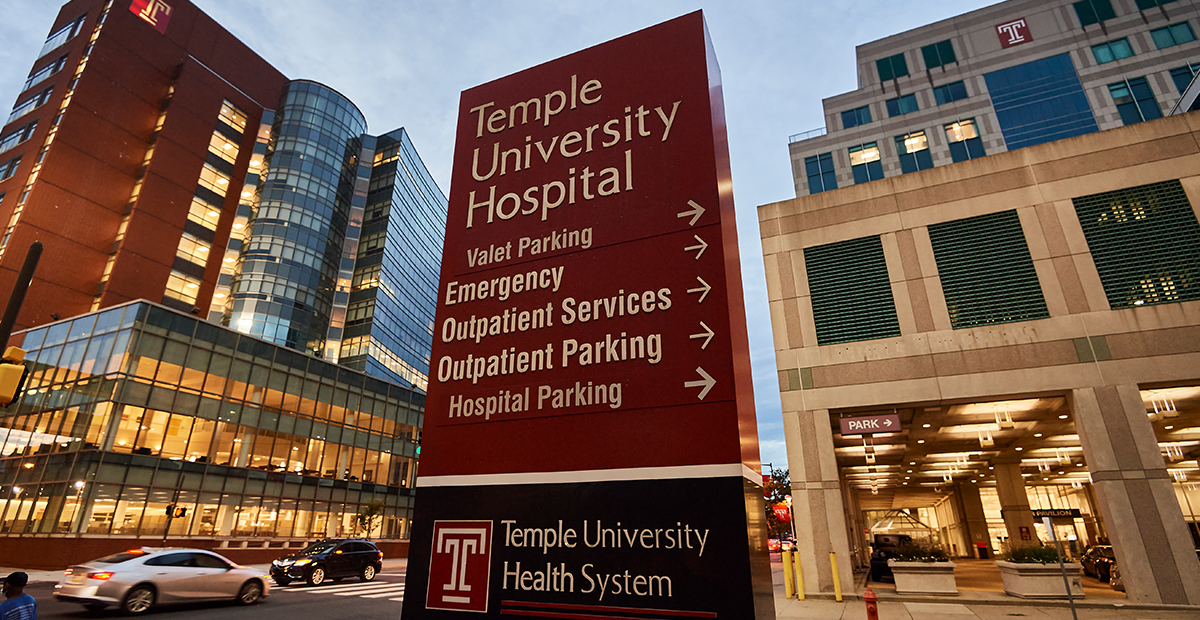
Temple University Hospital named most racially inclusive in Pennsylvania
A more racially inclusive hospital is the first step in promoting trust between marginalized communities and the healthcare industry.
With generations of mistrust between the healthcare industry and marginalized communities, like the Latinx community, many continue to struggle to confidently seek medical care when needed.
Announced in late May, Temple University Hospital was ranked the most racially inclusive hospital in Pennsylvania and the 13th most racially inclusive hospital in the U.S. by the Lown Institute, a nonpartisan healthcare think tank.
“Temple University Hospital embraces its essential role as the leading healthcare provider in one of the nation’s most underserved communities,” said Michael A. Young, MHA, FACHE, President and CEO of Temple University Health System and Temple University Hospital. “This recognition is a testament to the unyielding effort of all of those at Temple who work every day to provide the highest level of care to all.”
However, it comes after the pandemic already disproportionately impacted Latinx and Black communities, and many still struggle to trust the healthcare system to give them the proper care.
According to Puentes de Salud, a nonprofit organization that aims to promote health and wellness of Philadelphia’s Latinx immigrant population, the distrust can often stem from discrimination, cultural incompentency, lack of representation and access.
“Historically, Philadelphia has been home to large immigrant communities, predominantly Cuban, Puerto Rican and Dominican, so it’s a little more complex than just linguistic and cultural barriers,” said Steven Larson, MD, Executive Director of Puentes de Salud. “It becomes a challenge of familiarity within the system, that coupled with the fact that historically people of color have that mistrust for generations, so there's that historical barrier.”
Although medical institutions, like Temple Hospital, are implementing a more racially-diverse staff, Larson states that this is just the first step and institutions will need to do more to increase the trust between marginalized communities.
RELATED CONTENT
“What it comes down to is building trust and reaching out to communities in order to establish that presence and that kind of commitment,” Larson said. “But I think the bigger question is if there were more Latinx representation in healthcare providers, would there be more trust? And honestly we’re far off from that being a reality.”
With this in mind, Temple Hospital continues to work towards serving marginalized and under-resourced communities in hopes of giving proper and culturally appropriate medical care.
“At Temple, we are passionate about teaching and delivering culturally appropriate medical care to the diverse communities we serve, locally and beyond,” said Amy J. Goldberg, MD, FACS, interim dean of the Lewis Katz School of Medicine.
However, Larson states a harsh reality, that it will take time for the healthcare system to get to a place where even hospitals and clinics driven by predominantly Latinx physicians are trusted by the Latinx community.
“The hope is that hospitals will want to make that leap and health systems want to be present in the community,” Larson said. “I think the realities of the changing world and the changing demographics, people are beginning to think that yes, healthcare actually needs to be at the forefront in these culturally diverse communities.”
Racial inclusivity of medical institutions is on the rise, but Larson said it's just the first step, and a lot more needs to be implemented for real change to happen.
“Slowly, institutions are starting to step up, there’s still a lot of work to be done in understanding how to do that responsibly,” Larson said. “But we have to start, because the demographics are very clear, our nation is changing and educators across the board have to rethink and retool their models and that’s a challenge.”










LEAVE A COMMENT: